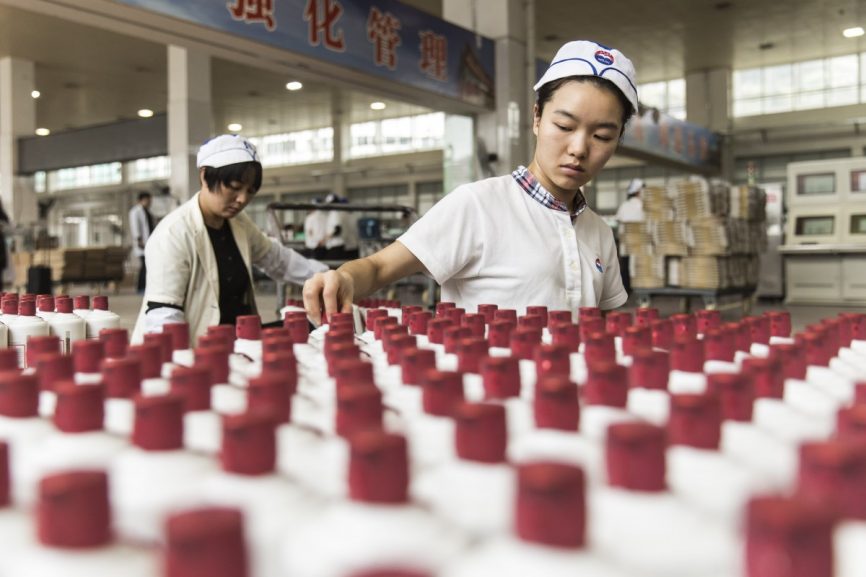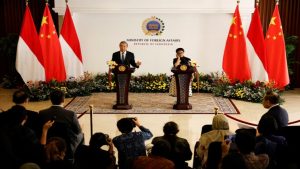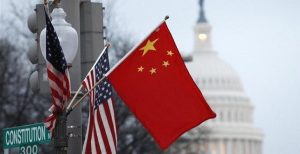Baijiu is China’s national drink much like vodka is to Russia. Yet while the latter has become a staple of bars, homes and restaurants abroad, baijiu is either unknown overseas or viewed as undrinkably strong and harsh.
Now major producers are looking to expand into global markets. Here are five things to know about China’s favourite tipple, which may soon be coming to a bar near you.
Baijiu, pronounced “buy-joe” means “white” or “clear alcohol” and is distilled mainly from sorghum, but rice, wheat, barley, millet or a mixture of cereals also are used.
It has a resulting wide flavour range, but nearly all baijiu features an intense and complex flavour profile prized by connoisseurs.
Production methods vary but generally involve steaming grains then fermenting them for months after adding a yeast-like substance called “qu.”
The fermented grains are then distilled and the resulting liquor is aged, often for years.
Around 10.8 billion litres of baijiu (2.9 billion gallons) was consumed in 2018, more than whisky, vodka, gin, rum and tequila combined.
That much baijiu would take an hour to slosh over Niagara Falls and weigh as much as 1,000 Eiffel Towers, says Jim Boyce, a Beijing drinks blogger who launched the August 9 World Baijiu Day several years ago.
China produces enough baijiu each year to fill 4,000 Olympic swimming pools, he adds, and if you poured all that into shot glasses and stacked them up, they would reach the moon.
Production goes back several hundred years and has mostly been a mom-and-pop affair.
However, Mao Zedong, Deng Xiaoping and other Communist rebels were big fans, quaffing baijiu to ease the rigours of revolution, and after taking over China in 1949 they merged local producers into larger companies and created production standards.
The official support helped trigger a baijiu boom.
In particular, Kweichou Moutai – now the world’s most valuable spirits company – gained enduring fame when Premier Zhou Enlai and President Richard Nixon raised glasses of it to toast the historic 1972 US-China rapprochement.
However, baijiu came to rely excessively on procurement by the government and military, and President Xi Jinping’s launch of a crackdown on corruption and official excess in 2012 has jolted producers into exploring new revenue streams.
Baijiu is produced nationwide but its epicenter lies in the neighbouring southwestern Chinese provinces of Sichuan and Guizhou.
There, Guizhou giant Kweichow Moutai, along with Sichuan rivals Luzhou Laojiao and Wuliangye Yibin, form what’s known as baijiu’s “Golden Triangle”.
The rugged area is famed for producing baijiu’s most celebrated flavours, attributed to a unique terroir including clean local water and a warm, humid climate conducive to the micro-organisms that help convert grain into alcohol.
Baijiu’s alcohol content ranges between 35-55%.That’s more or less on par with spirits like gin, vodka and tequila, but baijiu’s reputation for potency is enhanced by the way it is consumed.
Unlike many spirits, baijiu is drunk straight up as shots during meals, usually in the form of a toast and with a cry of “ganbei!” which means “dry the glass!”.
Baijiu producers and bar owners, however, know this will be a tough sell for foreign consumers, which has prompted a movement to create baijiu cocktails, something long considered sacrilege in China.






